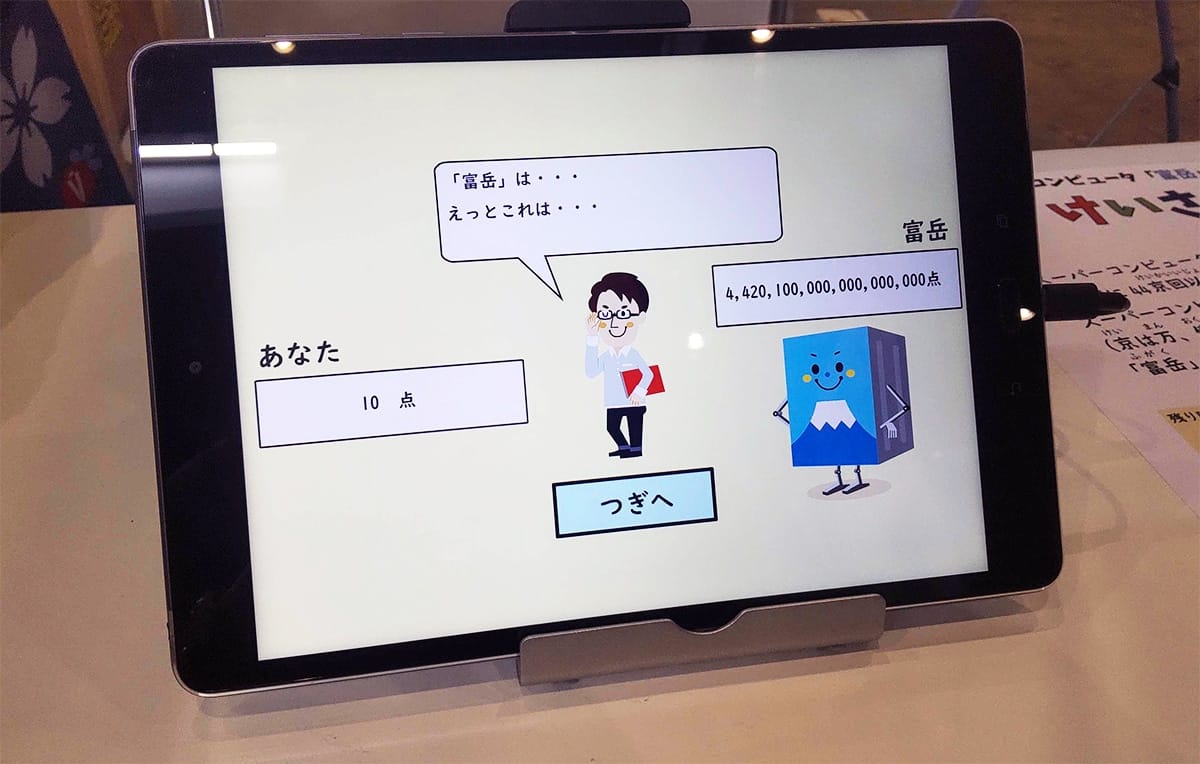The Japanese supercomputer humorously outshines participants in the ‘Super Keisan Battle’ during the Nico Nico Super Conference.
Can a human beat one of the world’s most powerful supercomputers in a mental calculation competition? In Japan, they already know the answer: no, and it’s ridiculously fun to try. During the recent edition of the Nico Nico Super Conference, the unexpected star was once again Fugaku, the supercomputer developed by RIKEN and Fujitsu, which featured in the second edition of the ‘Super Keisan Battle’.
The event pitted human volunteers against Fugaku in a 10-second race to solve as many arithmetic sums as possible. While the best human managed to solve 13 operations, Fugaku completed the rather modest total of 442,010,000,000,000,000,000,000,000. In words: four sextillion, four hundred twenty quintillion, and one hundred quadrillion sums.
A Lost Battle… But a Lot of Fun
Instead of feeling frustrated, participants shared their defeat on social media with humor. Some joked that if anyone were to beat Fugaku, they wouldn’t need to use it. Others quipped about the physical consequences of trying to write four sextillion sums in 10 seconds. As a consolation prize, losers took home a miniature of the Fugaku supercomputer, a tech souvenir with plenty of character.
The official prize for the hypothetical winner was a full-day pass to use Fugaku at will: the “Fugaku One-Day Unlimited Ticket”. Although the event’s own website acknowledges that this is a competition “that nobody can win.”
Fugaku: The Japanese Colossus of Computing
Fugaku is not just about humiliating humans for fun. It currently holds the sixth position in the TOP500 ranking of supercomputers in the world. Its numbers are impressive:
- 442 PFlops/s of power (theoretical peak).
- 158,976 nodes, each with a Fujitsu A64FX CPU with 48+4 cores.
- 4.85 PiB of RAM.
- Runs on a customized Linux kernel.
Beyond entertainment, Fugaku is utilized for critical applications such as disaster prevention simulations, flood damage prediction, optimal evacuations, and climate modeling. It has also been key in medical research and drug development during the COVID-19 pandemic.
Towards the Era of Zettascale
While humans continue trying to sum fast, engineers are already working on Fugaku’s successor, aiming to achieve ZettaFLOPS performance (10²¹ operations per second) by 2030. This joint project between RIKEN and Fujitsu will mark a significant leap in high-performance computing (HPC).
Conclusion
The Super Keisan Battle is not only a spectacle for fans of calculations, VTubers, and cosplay, but also a playful way to raise awareness about the power and potential of supercomputers in society. Fugaku, with its overwhelming superiority, reminds us that we are still far from matching the speed of machines… though we can always find comfort in laughing at our attempts.
Source: Twitter X and Tom’s Hardware

